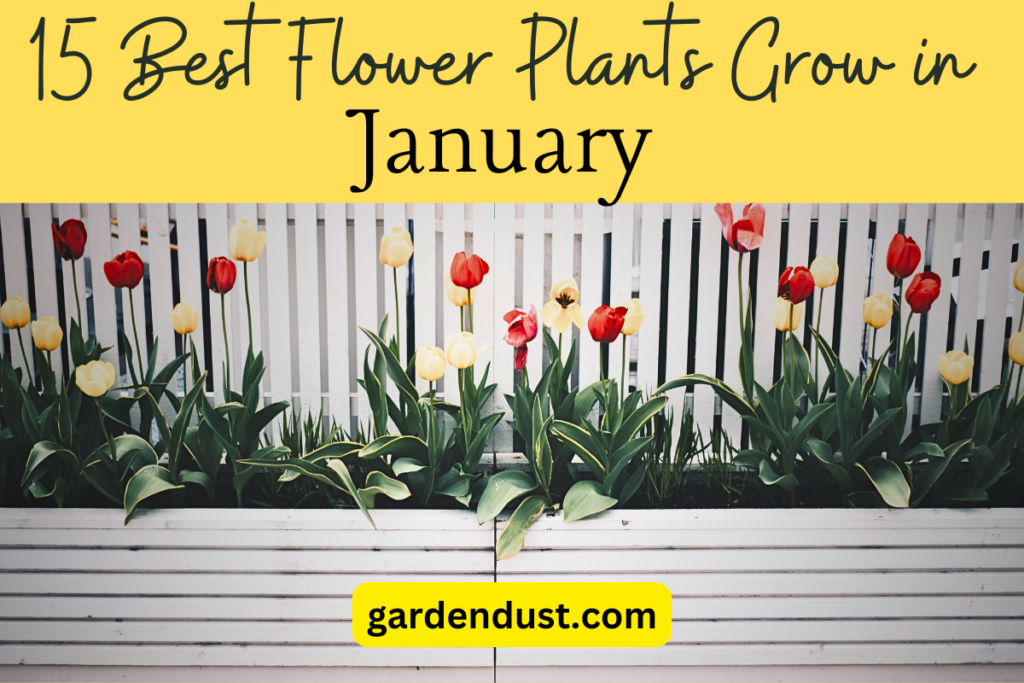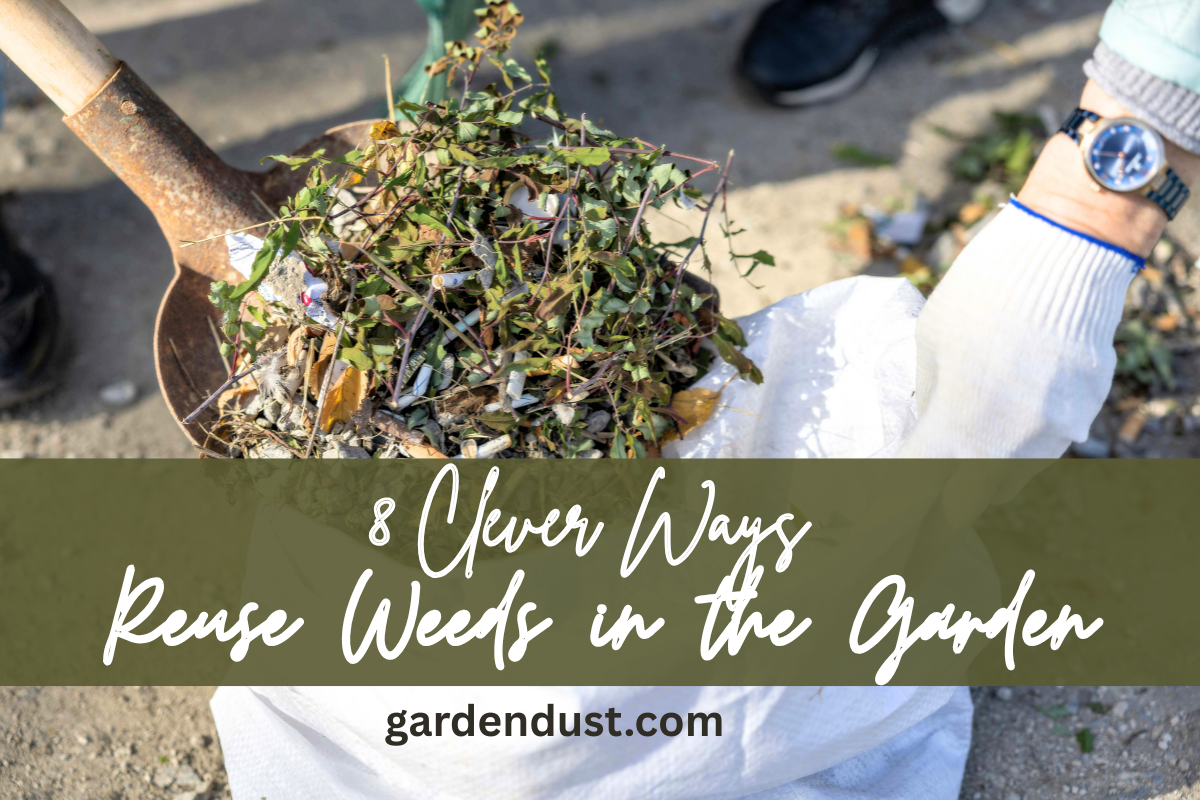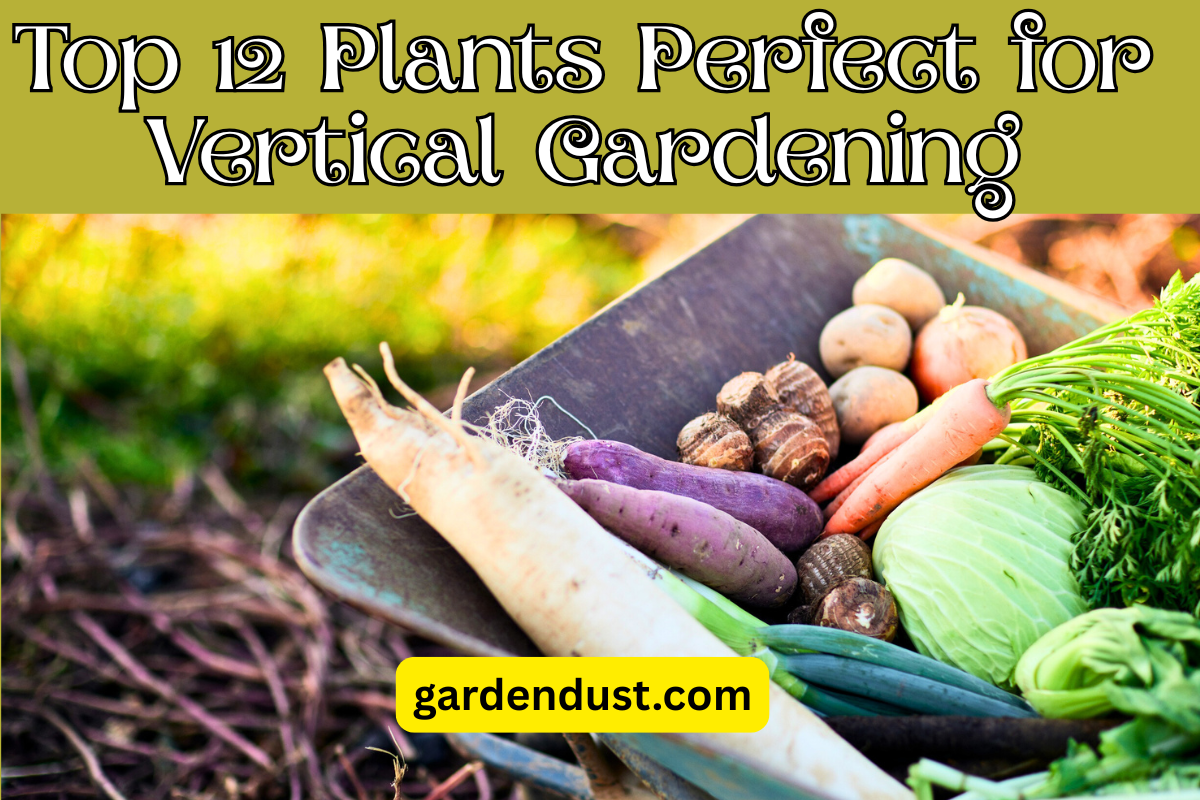January might seem like a dormant month in the gardening calendar, but for flower enthusiasts, it’s a great time to prepare and enjoy hardy blooms that thrive in cooler conditions. Whether you have a sprawling garden or a cozy balcony, here are 15 flower plants that grow in January, along with detailed care tips to help them flourish.
1. Pansies
Pansies are winter favorites known for their cheerful, velvety flowers that come in a variety of colors.

Sunlight: Full sun to partial shade.
Soil: Well-drained, nutrient-rich soil.
Watering: Keep the soil consistently moist but not soggy.
Fertilizer: Apply a balanced fertilizer every 2-3 weeks.
Temperature: Ideal growth occurs between 45°F to 65°F.
Deadheading: Remove faded blooms to encourage continuous flowering.
2. Primroses
These low-growing plants offer vibrant flowers that brighten up winter gardens.

Sunlight: Partial shade is best.
Soil: Moist, well-drained soil with added organic matter.
Watering: Water regularly but avoid waterlogging.
Fertilizer: Use a slow-release fertilizer at the start of the growing season.
Temperature: Thrive in cool conditions, around 50°F to 65°F.
3. Sweet Alyssum
Sweet Alyssum is a hardy plant with small, fragrant flowers that form dense clusters.

Sunlight: Full sun to partial shade.
Soil: Prefers slightly sandy, well-drained soil.
Watering: Moderate watering; avoid overwatering.
Fertilizer: Use a diluted liquid fertilizer once a month.
Pruning: Trim back after flowering to encourage a second bloom.
4. Snapdragons
Snapdragons add vertical interest to any garden with their tall spikes of colorful flowers.

Sunlight: Full sun for best flowering.
Soil: Well-drained, slightly acidic soil.
Watering: Keep the soil evenly moist.
Fertilizer: Apply a balanced fertilizer every few weeks.
Temperature: Grow well in cooler weather, between 40°F to 70°F.
Staking: Provide support for taller varieties.
5. Calendula
Calendulas, or pot marigolds, are resilient plants that produce bright, daisy-like flowers.

Sunlight: Full sun to partial shade.
Soil: Rich, well-drained soil.
Watering: Moderate watering, ensuring the soil doesn’t dry out.
Fertilizer: Feed monthly with an organic fertilizer.
Deadheading: Remove spent blooms to prolong flowering.
READ ALSO:-15 Vegetable Plants That Grow in January
6. Cyclamen
Cyclamens are popular indoor and outdoor plants that offer delicate, upswept flowers.

Sunlight: Indirect light or partial shade.
Soil: Well-drained soil with good aeration.
Watering: Water at the base to avoid rotting; allow the soil to dry slightly between waterings.
Fertilizer: Feed every 2-4 weeks with a diluted liquid fertilizer.
Temperature: Best grown at 50°F to 60°F.
7. Hellebores
Also known as the Christmas Rose, Hellebores bloom in late winter with elegant flowers.

Sunlight: Partial to full shade.
Soil: Rich, well-drained soil.
Watering: Water consistently, especially during dry spells.
Fertilizer: Apply compost or slow-release fertilizer in spring.
Pruning: Remove old leaves to showcase new growth.
8. Violas
Violas are delicate and smaller cousins of pansies, offering a wide range of colors.

Sunlight: Full sun to partial shade.
Soil: Fertile, well-drained soil.
Watering: Regular watering, keeping the soil slightly moist.
Fertilizer: Use a balanced fertilizer monthly.
Deadheading: Remove spent flowers for continuous blooms.
9. Dusty Miller
While primarily grown for its silvery foliage, Dusty Miller pairs well with colorful flowers.

Sunlight: Full sun for vibrant foliage.
Soil: Well-drained soil with average fertility.
Watering: Water moderately, allowing the soil to dry out slightly between waterings.
Pruning: Trim back leggy growth to maintain shape.
Temperature: Tolerates frost and grows well in cool weather.
10. Winter Jasmine
This vine-like shrub produces bright yellow flowers, often in January.

Sunlight: Full sun to partial shade.
Soil: Adaptable but prefers well-drained soil.
Watering: Water regularly, especially in dry conditions.
Fertilizer: Apply a general-purpose fertilizer in early spring.
Pruning: Prune after flowering to encourage new growth.
11. Larkspur
Larkspurs are tall, elegant plants with spiky blooms that add vertical charm to gardens.

Sunlight: Full sun to partial shade.
Soil: Rich, well-drained soil.
Watering: Keep soil consistently moist but not waterlogged.
Fertilizer: Feed monthly with a balanced fertilizer.
Temperature: Ideal temperatures are 50°F to 70°F.
12. Nemesia
Nemesia produces small, fragrant flowers in a variety of colors, perfect for containers and borders.

Sunlight: Full sun to partial shade.
Soil: Well-drained, slightly acidic soil.
Watering: Water consistently, keeping the soil moist.
Fertilizer: Use a balanced liquid fertilizer every 2 weeks.
Pruning: Deadhead regularly to encourage blooms.
13. Dianthus
Also known as pinks, Dianthus offers fragrant flowers with frilled edges.

Sunlight: Full sun for best results.
Soil: Well-drained, slightly alkaline soil.
Watering: Moderate watering; avoid soggy soil.
Fertilizer: Use a slow-release fertilizer at planting.
Deadheading: Remove spent flowers to encourage new growth.
14. Anemones
Anemones produce vibrant, poppy-like flowers that are perfect for cutting gardens.

Sunlight: Full sun to partial shade.
Soil: Light, well-drained soil enriched with compost.
Watering: Water regularly but avoid overwatering.
Fertilizer: Feed with a balanced fertilizer every 4 weeks.
Temperature: Perform well in cooler climates, between 45°F to 60°F.
15. Stock
Stock is a fragrant winter flower that adds color and scent to gardens.

Sunlight: Full sun.
Soil: Well-drained, fertile soil.
Watering: Keep the soil moist but not waterlogged.
Fertilizer: Use a balanced fertilizer every 2-3 weeks.
Temperature: Thrive in cool weather, around 50°F to 65°F.
General Winter Gardening Tips:
- Mulching: Protect roots from frost by applying a layer of organic mulch around the base of plants.
- Pest Control: Keep an eye out for slugs, aphids, and other pests that may harm winter plants.
- Pruning: Remove any dead or diseased foliage to promote healthy growth.
- Watering: Avoid watering in the evenings to reduce the risk of freezing.
- Soil Preparation: Add compost or organic matter to improve soil structure and fertility.
These 15 best flower plants are perfect for brightening up your January Garden. With the right care and attention, they will reward you with vibrant blooms even during the coldest months. Happy Gardening….






